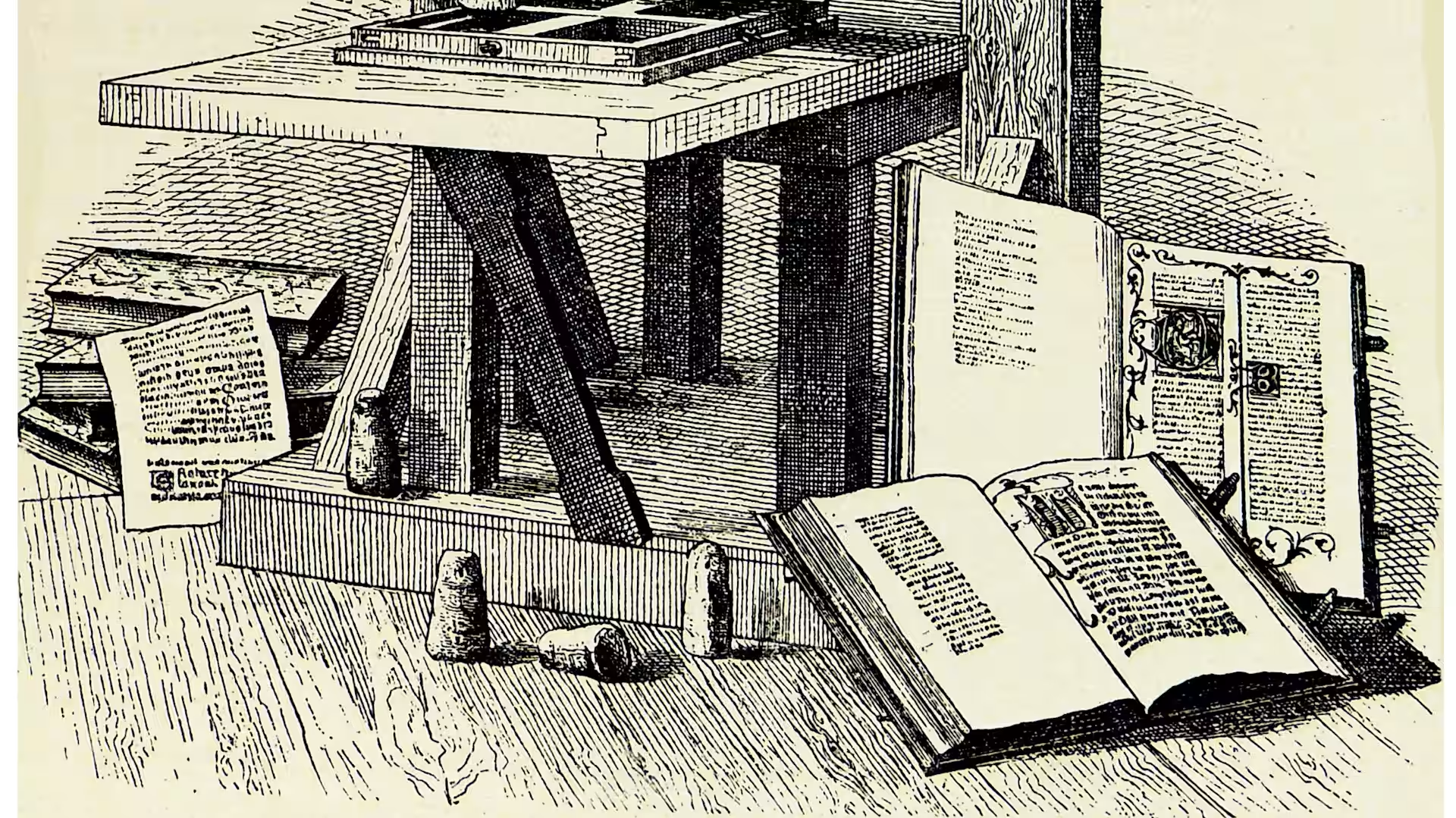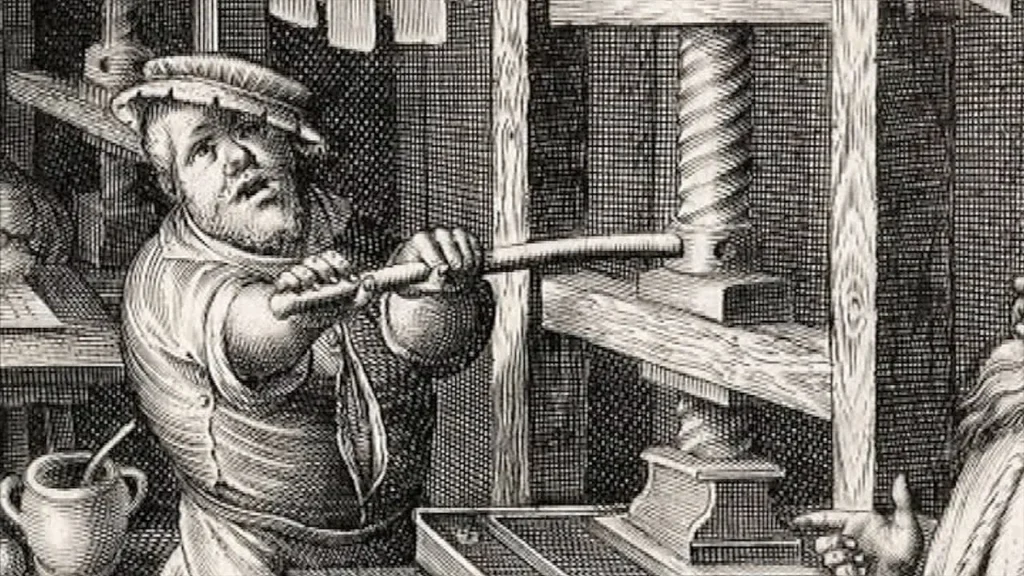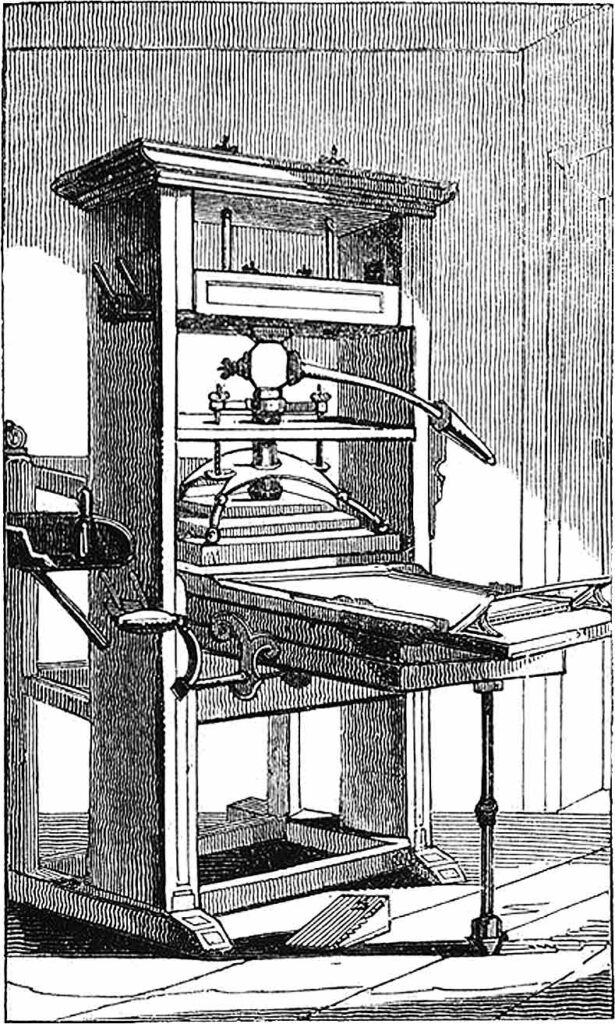🗞️ The Speed of Early Modern News: How Information Moved in the 16th to 18th Centuries

The modern world thrives on instant news—from global headlines delivered in seconds to real-time updates on personal devices. But just a few centuries ago, the flow of information was vastly slower, less reliable, and shaped by physical constraints like terrain, weather, and the endurance of human messengers. The early modern era (circa 1500–1800) marked a pivotal turning point in how news was gathered, shared, and distributed across Europe and beyond.

🐎 Before Printing: News by Foot, Horse, and Word of Mouth
In the late medieval period, information spread mostly via oral transmission and handwritten letters. News traveled slowly and was often outdated by the time it reached its destination. Messengers on foot could manage only about 20–30 kilometers per day, while mounted couriers could double or triple that speed—but they were expensive and rare.
Important information, such as royal decrees or military victories, could take weeks or even months to travel from one city to another. For example, news of Joan of Arc’s execution in 1431 reportedly took nearly two months to reach some parts of Europe.
📜 The Rise of Postal Networks and Couriers
By the late 15th century, organized postal systems began emerging in major empires. One of the first and most influential was the Reichspost, founded by Franz von Taxis in 1490 for the Holy Roman Empire. This system created relay stations where fresh horses and riders could carry letters faster and farther, sometimes 90–120 kilometers per day.
These courier systems made it possible to establish regular newsletters like the avvisi in Italy and the zeitungen in German-speaking lands. Written by scribes and often commissioned by merchants or diplomats, these newsletters circulated weekly or monthly and became essential for staying informed about politics, trade, and war.
🖨️ Printing Press and the Birth of Printed News
The invention of the printing press by Johannes Gutenberg around 1440 changed everything. By the early 1600s, printers in cities like Strasbourg, Antwerp, and Amsterdam were issuing periodic news sheets, or broadsheets, for a literate urban audience.
The first printed newspaper, Relation aller Fürnemmen und gedenckwürdigen Historien, was published by Johann Carolus in 1605 in Strasbourg. These early newspapers could reach hundreds or even thousands of readers much faster than manuscript newsletters, allowing a more standardized, scheduled form of news delivery.
🏙️ Coffeehouses and News Culture
By the mid-17th century, coffeehouses emerged as news hubs—especially in cities like London, Paris, and Vienna. People gathered not just for caffeine, but to read newspapers, debate politics, and share local rumors. Some coffeehouses even subscribed to foreign newspapers and posted handwritten summaries for customers.
This helped shape the early “public sphere,” where citizens began forming opinions about state matters and foreign events based on printed news, not just hearsay or town criers.
🕰️ How Fast Was “Fast” News?
Compared to today’s instant messaging, early modern news was slow—but it was shockingly fast for its time. A report of a battle in Hungary might reach Vienna within 4–5 days, and London within two weeks. News of the 1704 Battle of Blenheim reached England in just eight days, and was printed in London newspapers within two days after arrival.
Ships, horses, and postal riders were the lifeblood of this information network. Bad weather, wars, or political unrest could delay messages, but the increasing use of standardized routes and timetables made early news travel far more predictable than in the Middle Ages.
🔍 Legacy of Early Modern News Networks
By the end of the 18th century, most European countries had established state-controlled postal systems, and newspapers had become widespread. The speed of news travel and the frequency of publication laid the foundation for modern journalism, political awareness, and even the Enlightenment ideals of informed citizenry and free expression.

📌 Conclusion
The speed of early modern news transformed how people understood the world around them. Though slow by today’s standards, the combination of postal innovation, print technology, and urban news culture created a vibrant, semi-global network of information exchange. It marked the beginning of our modern relationship with time-sensitive news—where people expected to know what was happening not just in their village, but across borders and oceans.




